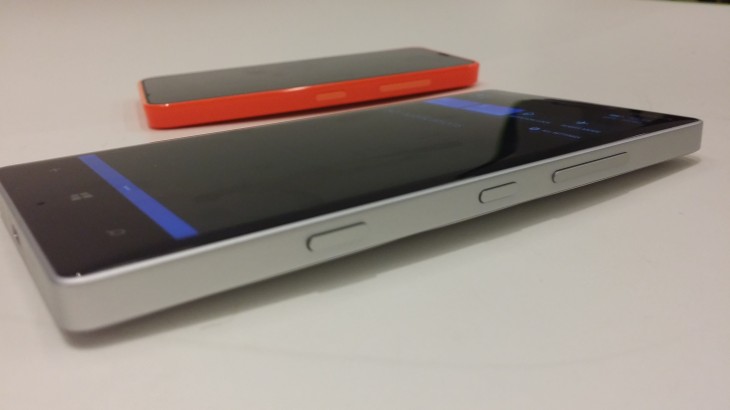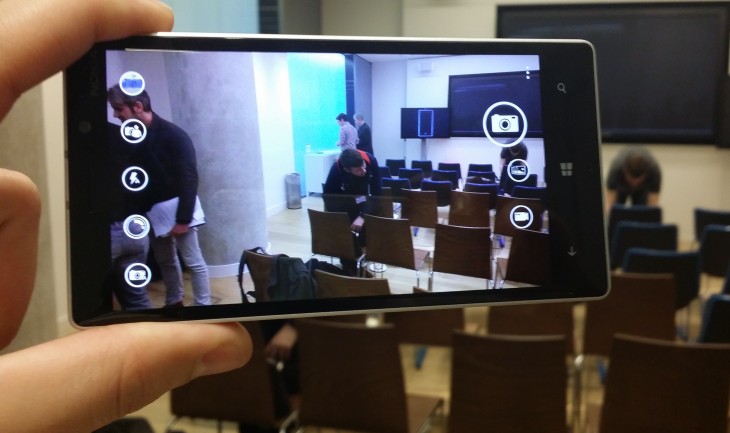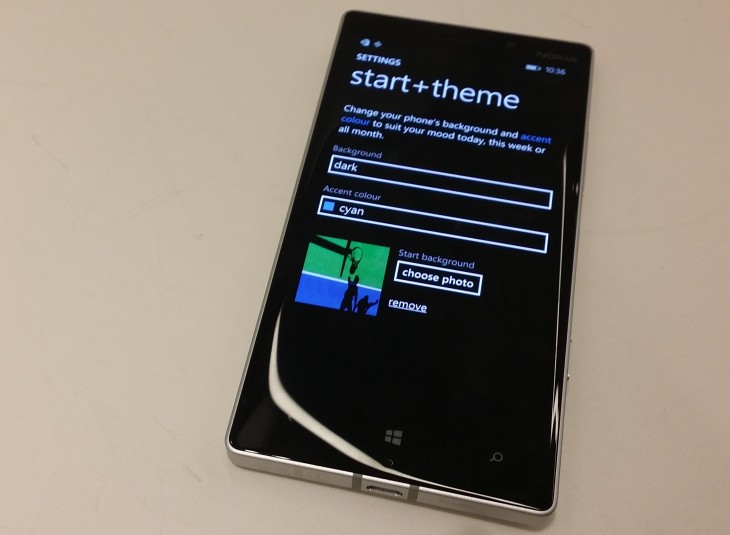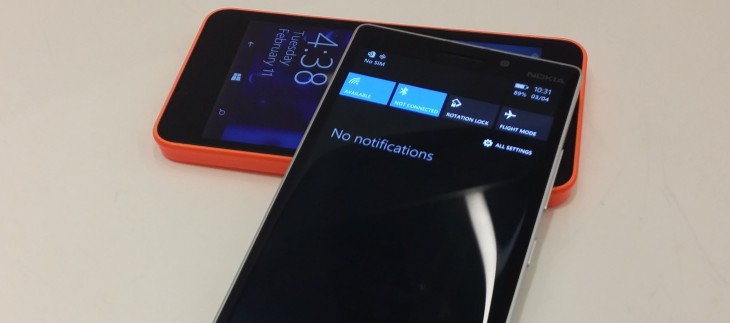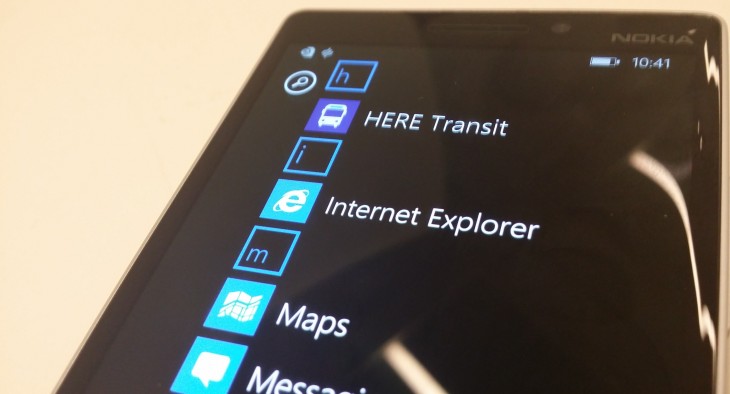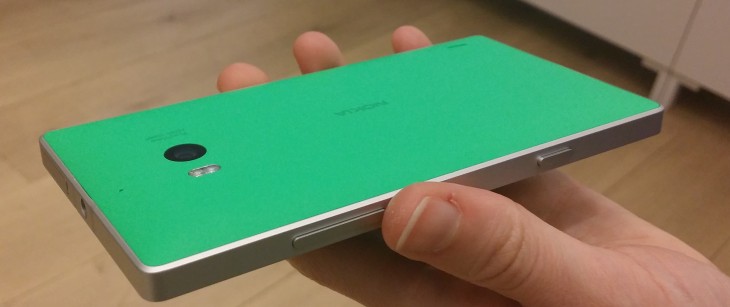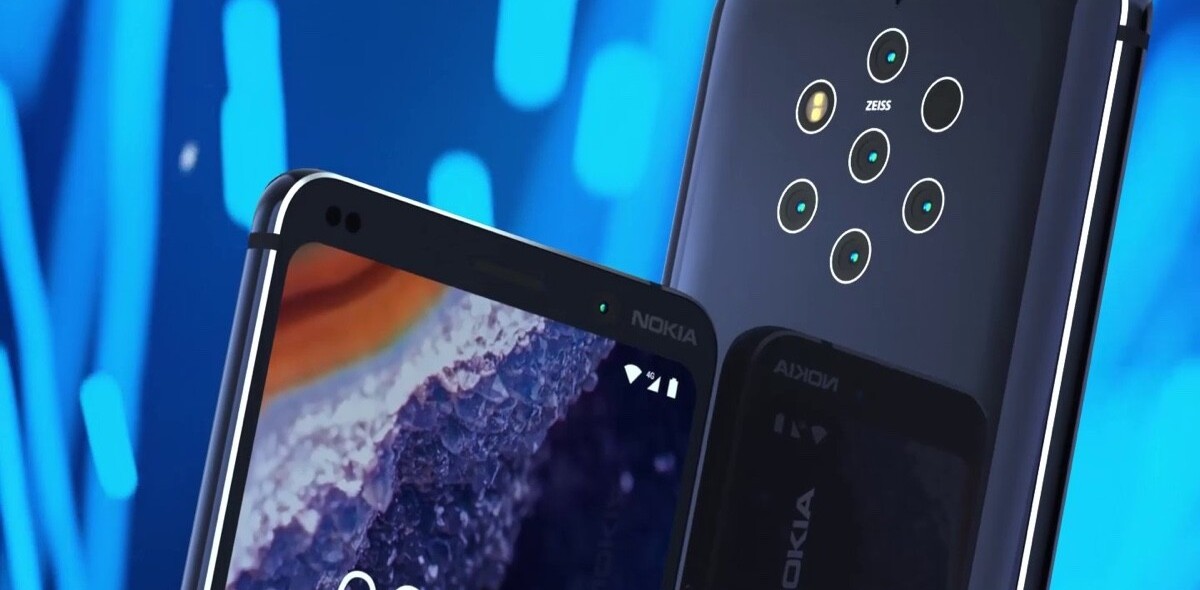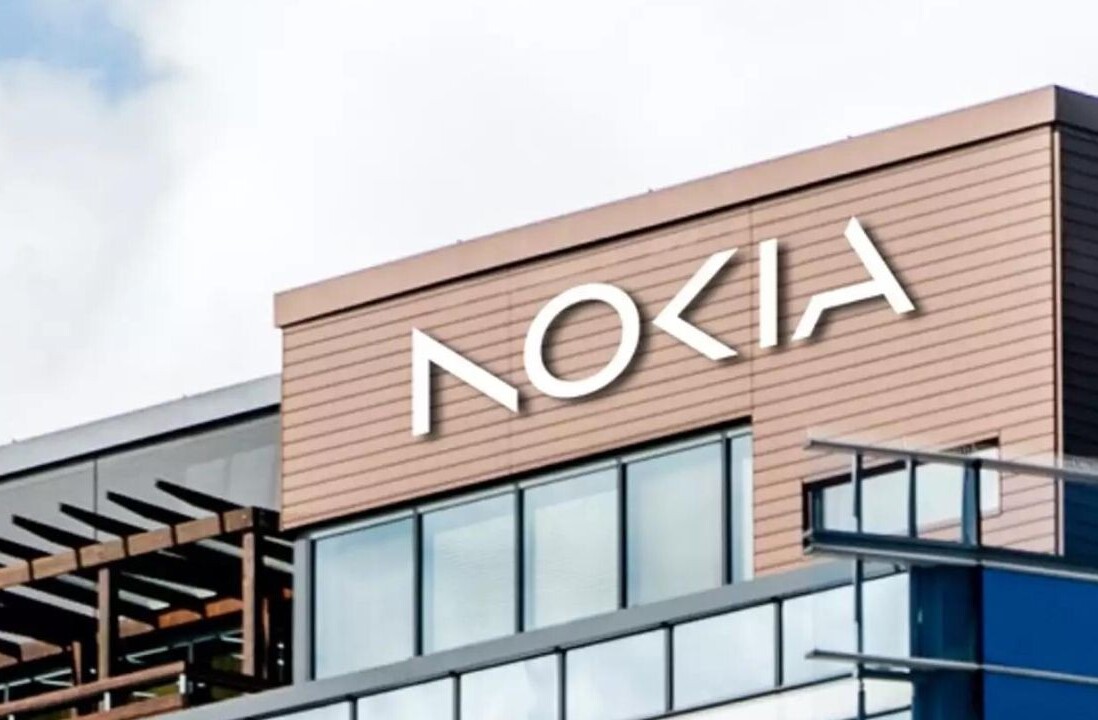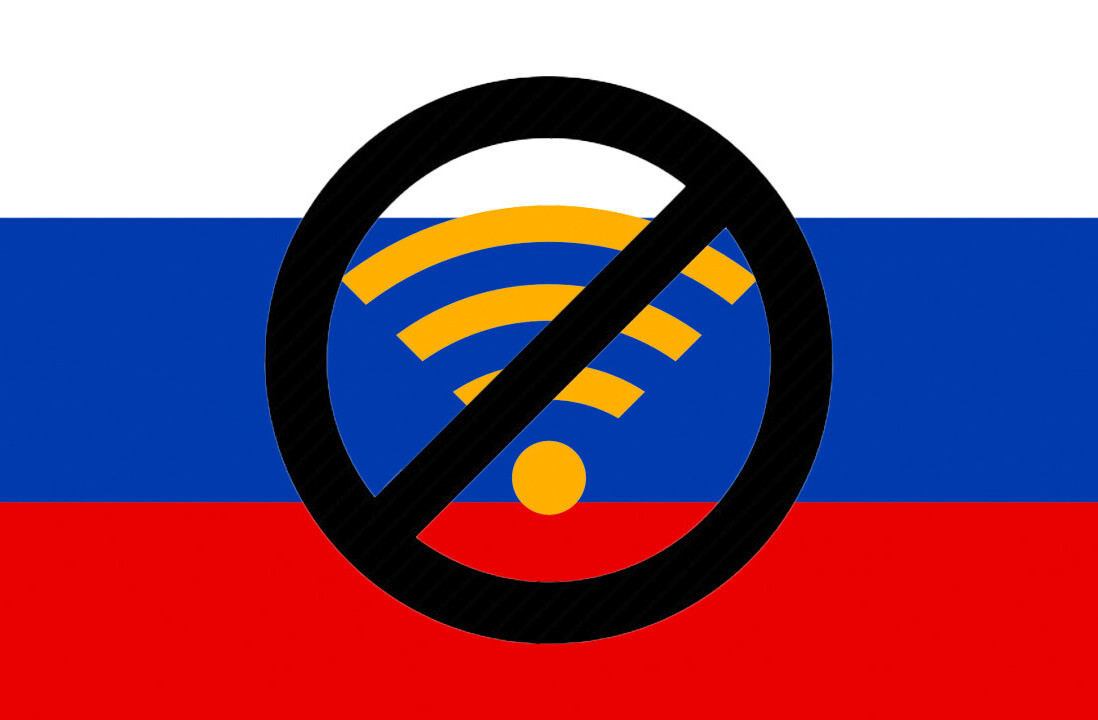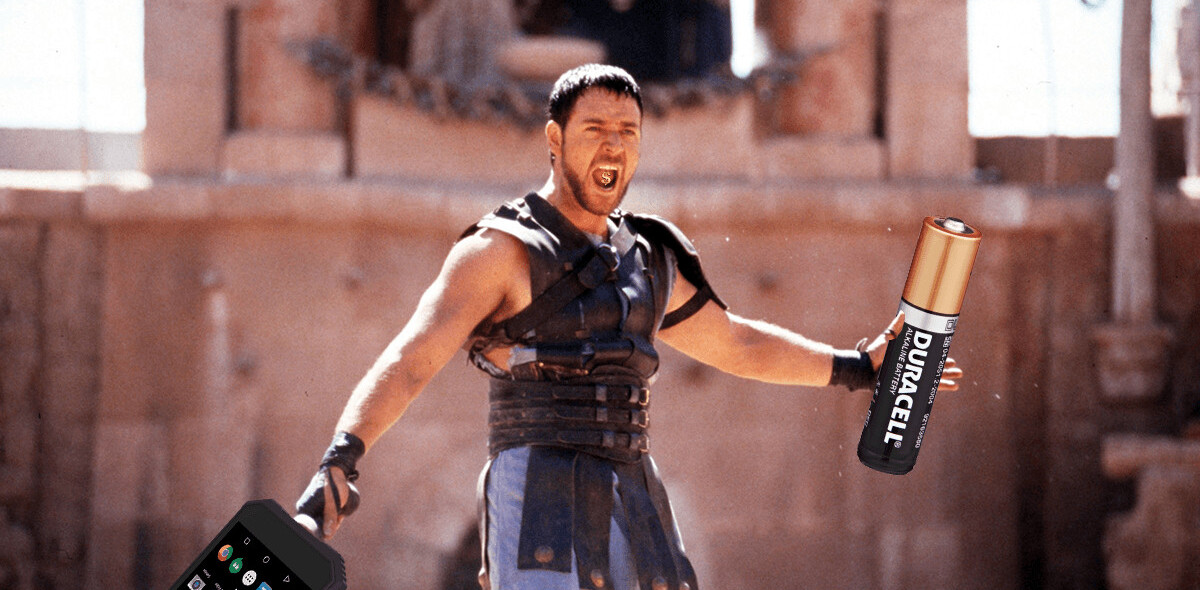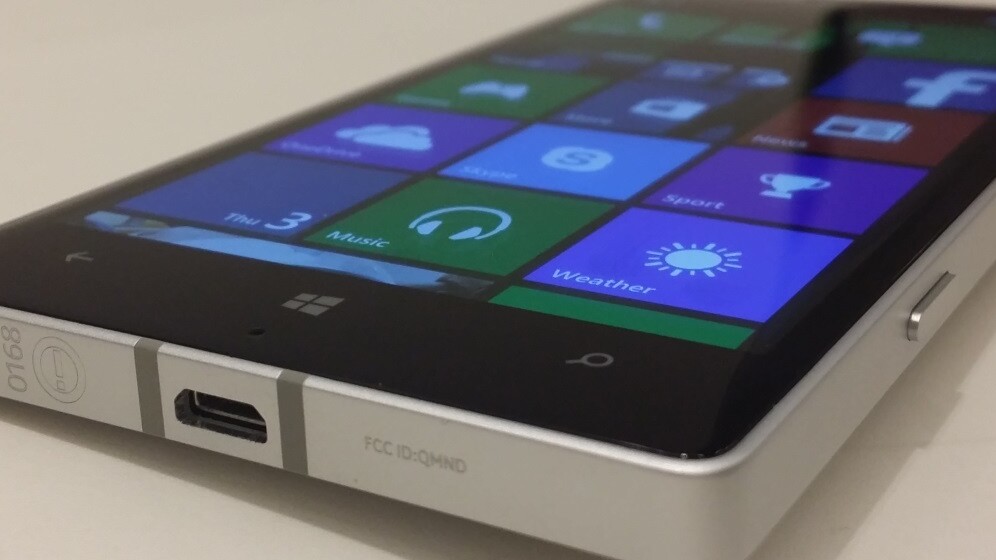
Microsoft announced a whole slew of updates and new product details at its Build conference yesterday, but tucked among the Windows 8.1 and Windows Phone 8.1 announcements was a new high-end Lumia 930 smartphone, alongside two other lower-end 630 and 635 devices.
Unlike the Nokia X device revealed at Mobile World Congress this year, the new Lumia additions all run Windows Phone 8.1, rather than a customized version of Android.
With momentum, particularly in Europe, now moving in Nokia’s favor and an ever growing number of Lumia devices being sold, the company is looking to capitalize on its progress by offering a number of accessories included in the retail price of the device, such as including a wireless charger in every box.
Design
Although it uses the Microsoft Windows Phone 8.1 OS, it has taken some cues from the Nokia X in some sense – it’s considerably squarer to look at and hold than the rounded curves mostly found across the rest of the high-end Lumias, like the 1020 or 925.
As you’d expect from its numbering, the Lumia 930 feels like more of a successor to the Lumia 925 than it does the 1020 – it shares a more similar overall design, and has a colored shell for the rear panel in the same way as the 925. It’s also a step up in the camera from the 925 (which had an 8-megapixel snapper), whereas the 1020 actually still boasts more megapixels.
The Lumia 930 offers up a full HD (1080p) 5-inch OLED display (both the 925 and 1020 offered 4.5-inch 720p displays), quad-core 2.2GHz processor (which showed no signs of lagging), 2GB RAM and 32GB of on board storage – although this can obviously be bolstered by cloud storage (OneDrive still offers 7GB of free storage for new users), there’s no microSD expansion option. Nokia also wouldn’t say if it would be offering a 64GB version in the future.
There’s also a 20-megapixel camera with OIS (optical image stabilisation) and Carl Zeiss optics. Unfortunately, in our short tests, it was hard to ascertain the quality of the snaps in our (indoor) testing. Nonetheless, Nokia has successfully made a bit of a name for itself with the cameras on its smartphones, so we fully expect a more detailed dive in a full review to yield good results.
Windows Phone 8.1 OS
Many of the newest features for the 930 are ones afforded by changes to the core software, rather than hardware tweaks. The message coming from both Nokia and Microsoft around this launch focuses on integration and cross-platform convergence.
On the home screen, for example, there’s now the option for an extra row of icons and the ability to set a custom image as your backround.
Thanks to Windows 8.1 and Windows Phone 8.1 syncing options, which ensure that any devices registered to the same Microsoft email address share passwords, history, apps and more across devices, there’s also now the option to share your Start screen image across devices too.
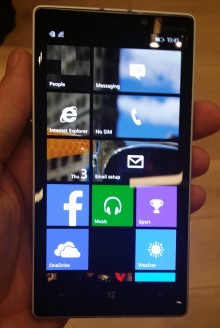
It’s actually quite a nice effect if you set your own Start image, as some of the Live Tiles appear transparent to allow you to see the image behind.
The other biggest change is the addition of a notification panel at the top of the screen. As with Android, just pull down from the top to reveal quick access to frequently used settings, and the option of clicking through to the full options screen.
There’s also a pretty impressive Swype-like keyboard too that’s about as accurate as any I’ve seen and as fast as you could want. A definite improvement over the previous stock Windows Phone keyboard.
Also on board is Internet Explorer 11, which will now pull in your favorites from any tablets or PCs running Windows 8.1 as well as easily allowing you to pick up and carry on browsing sessions across different devices.
There’s also password syncing across devices too – and an option within the OS for easily sharing WiFi passwords with friends or family.
Other Nokia apps like MixRadio, Xbox Radio and XBox Video are also on board, alongside its range of camera-specific apps and features like Storyteller.
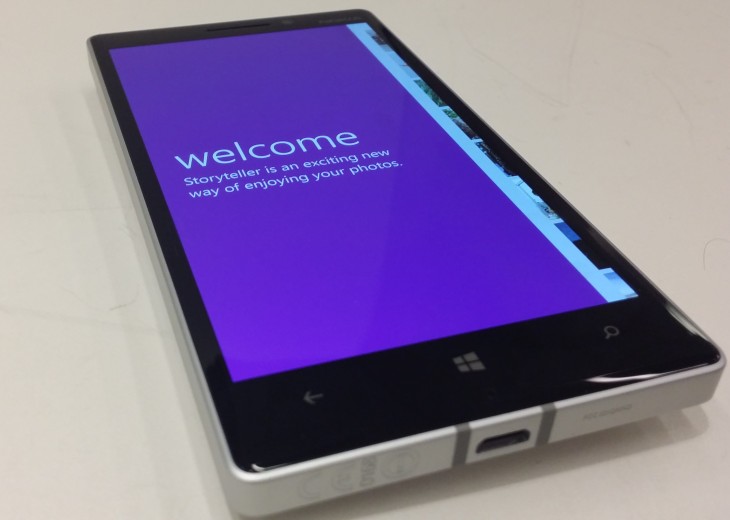
First thoughts
Due to ship at the end of June in white, orange or green, the Lumia 930 is a collection of minor hardware tweaks – there’s nothing too revolutionary in comparison to other Lumia handsets, so if you were hoping for an all new handset redesigned from the ground up, you could well be disappointed.
However, that’s not to say that it has nothing new to offer – it’s just that most of this is enabled through software updates that will be rolling out to other Lumia devices when Windows Phone 8.1 starts to roll out to older handsets.
With no pricing details revealed as yet, it’s hard to say whether the Nokia stands much of a chance of attracting consumer attention – it’s a busy marketplace, and among the Lumia brand alone there are a number of handsets to choose from. However, with a more converged platform powering the device and a full HD display and gutsy quad-core processor keeping it all ticking along, it looks like it could be a solid contender for anyone considering a high-end Nokia.
Get the TNW newsletter
Get the most important tech news in your inbox each week.
